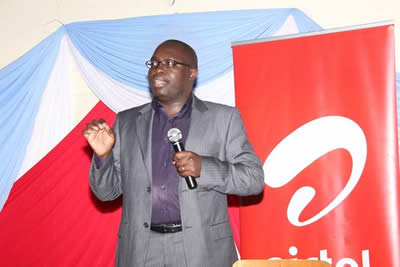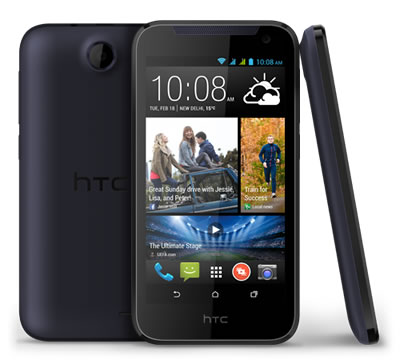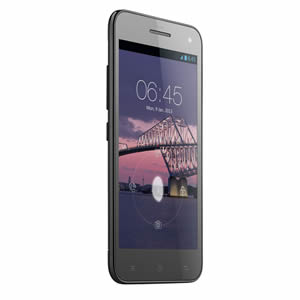Airtel was the main sponsor of the JKUAT Careers Fair, held under the theme “Nurturing careers for sustainable economic development”. Airtel Kenya sponsored the Jomo Kenyatta University of Agriculture and Technology (JKUAT) annual Students Career Fair that sought to provide career advise and inspiration to the students. The Fair was held from 11th to 13th June 2014 at the University’s main campus in Juja under the theme“Nurturing careers for sustainable economic development”.
Airtel staff were at the event to inspire students, answer questions, provide more information about their professional qualifications and share insightful knowledge, tips and tricks that will empower the students on their career growth. The Company’s human resource team have also set up a stand at which they will interview and select a group of students from the University for a three month internship opportunity at Airtel.








